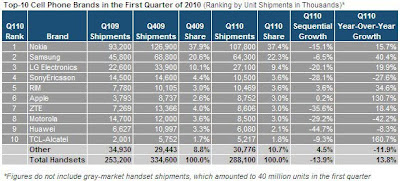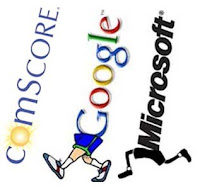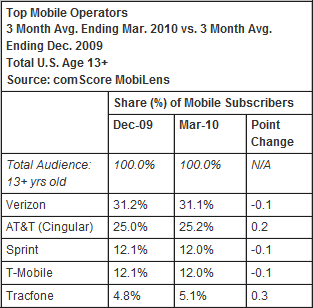 Chinese firm Founder and Taiwanese company Acer have signed a memorandum of mutual understanding in order to secure a strong foothold in a market where demand for PCs is mounting.
Chinese firm Founder and Taiwanese company Acer have signed a memorandum of mutual understanding in order to secure a strong foothold in a market where demand for PCs is mounting.
After announcing a range of new products in Beijing yesterday, Acer said the partnership would be equal.
It said in a statement: “Both parties intend to jointly involve Acer in the planning, development and design of Founder-brand products for more competitive offerings, such as notebooks, netbooks, mobile Internet devices and e-readers."
It said that due to the collaboration, its PC market share in the first quarter in China will rise from only 3% to 9.4% and will help narrow its gap with Hewlett-Packard's (HP's) 10.3%. However, it is unclear on how the partnership will work and whether the 2 companies will remain as single entities or merge as Acer would not give any comment about business logistics.
However it said with Founder's comprehensive distribution channels and strength in the PC market together with those in tier-four to six cities, rural areas and in segments of corporate and governmental clients, and with Acer's capability in defining and designing mobile products, the team would be able to "build up strong synergy on product offerings, supply chain and channel coverage".
It also said the partners would work together on intellectual property rights, supply chain and after-service as well as researching into the handheld PCBs and non-PC products businesses.
Lenovo is also doing very well in the Chinese market. Yesterday the Chinese company released its annual figures, where it stated that it has turned in a profit for its fiscal fourth quarter and increased its sales at the expense of other PC manufacturers.
For its fourth quarter, it made a profit of $13 million, compared to a loss of $264 million in the same quarter last year.
Sales for the fourth quarter were sharply up by 56% year on year to amount to $4.3 billion compared to $2.77 billion in the equivalent quarter last year.
However it seems not everyone is eager to copy Acer's footsteps with Asustek claiming it has no plans for a merger. Instead it is concentrating in expanding its market share through its existing motherboard and graphics card channel.

























